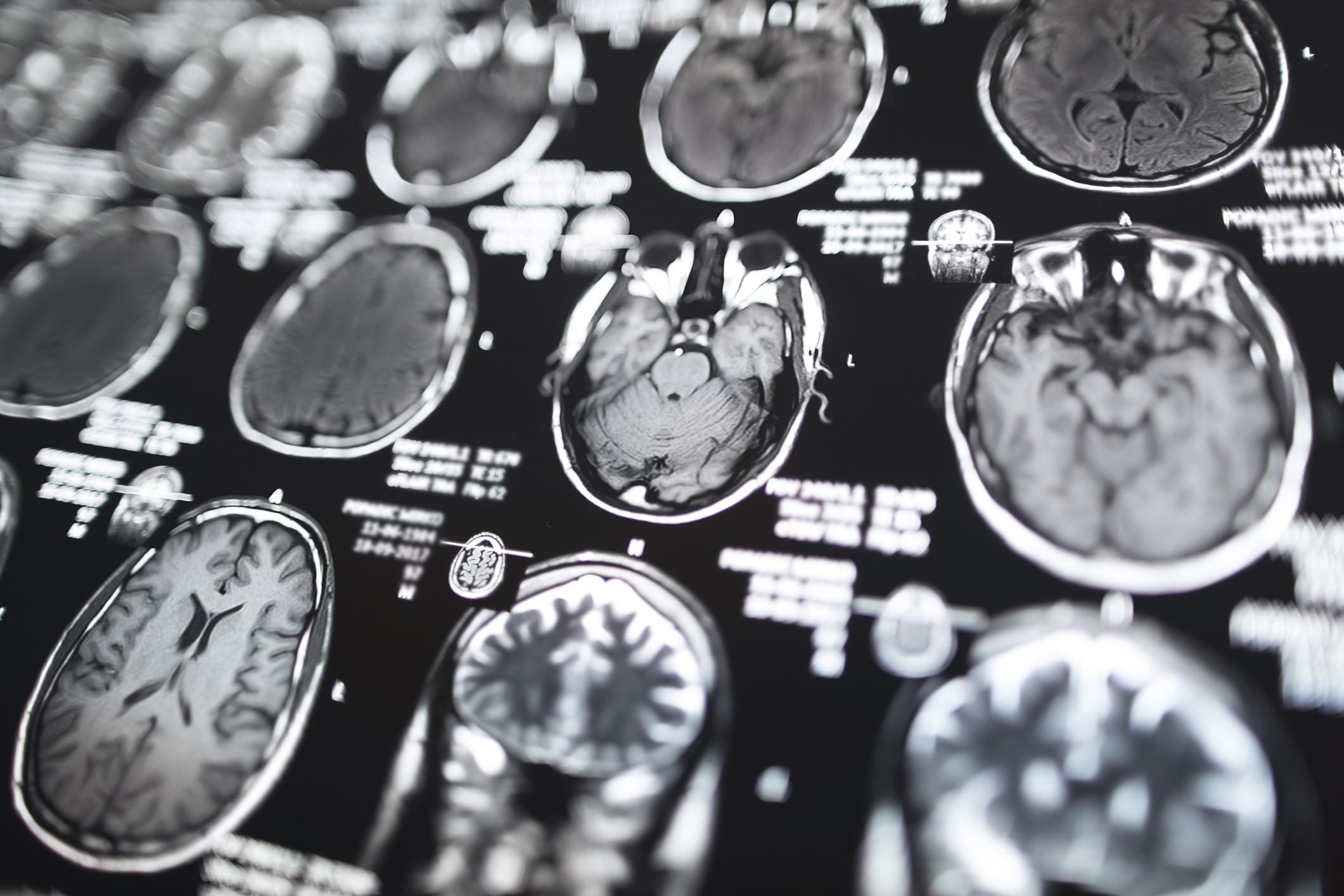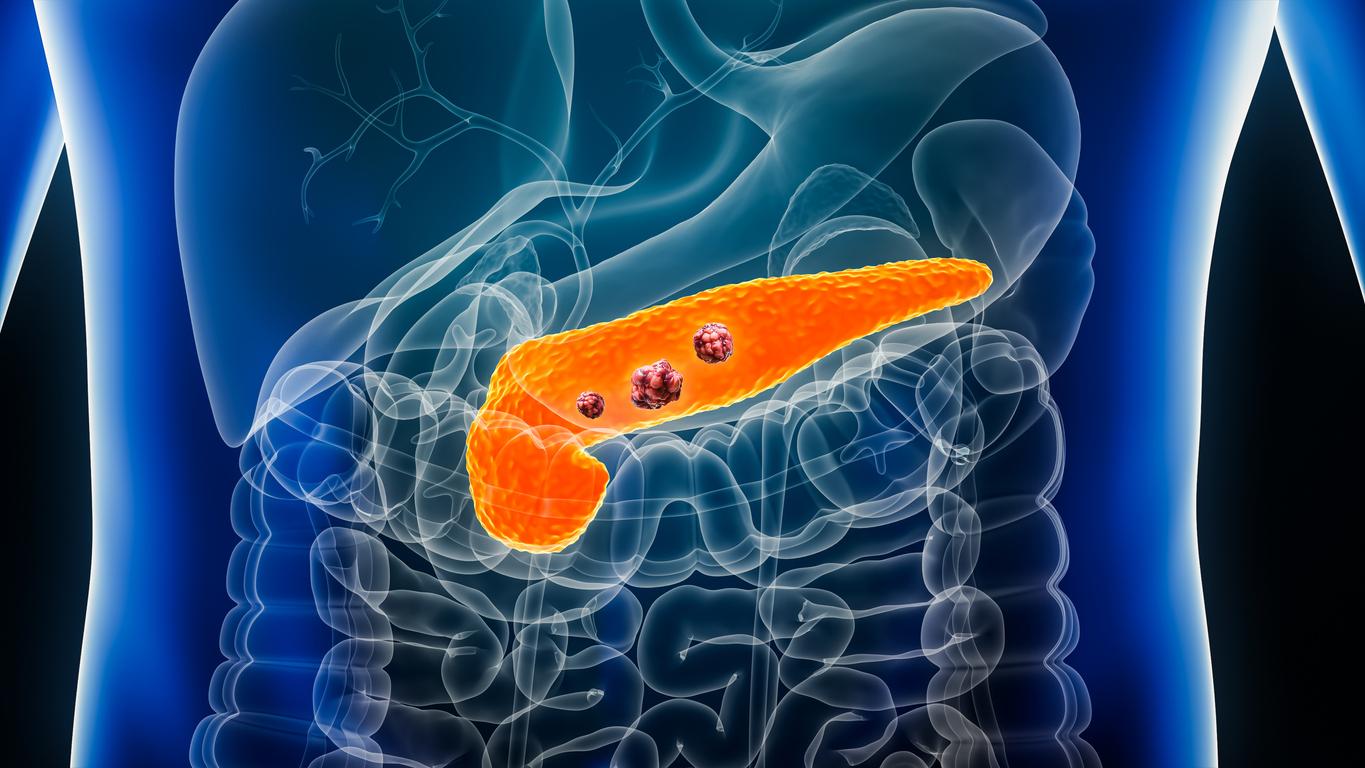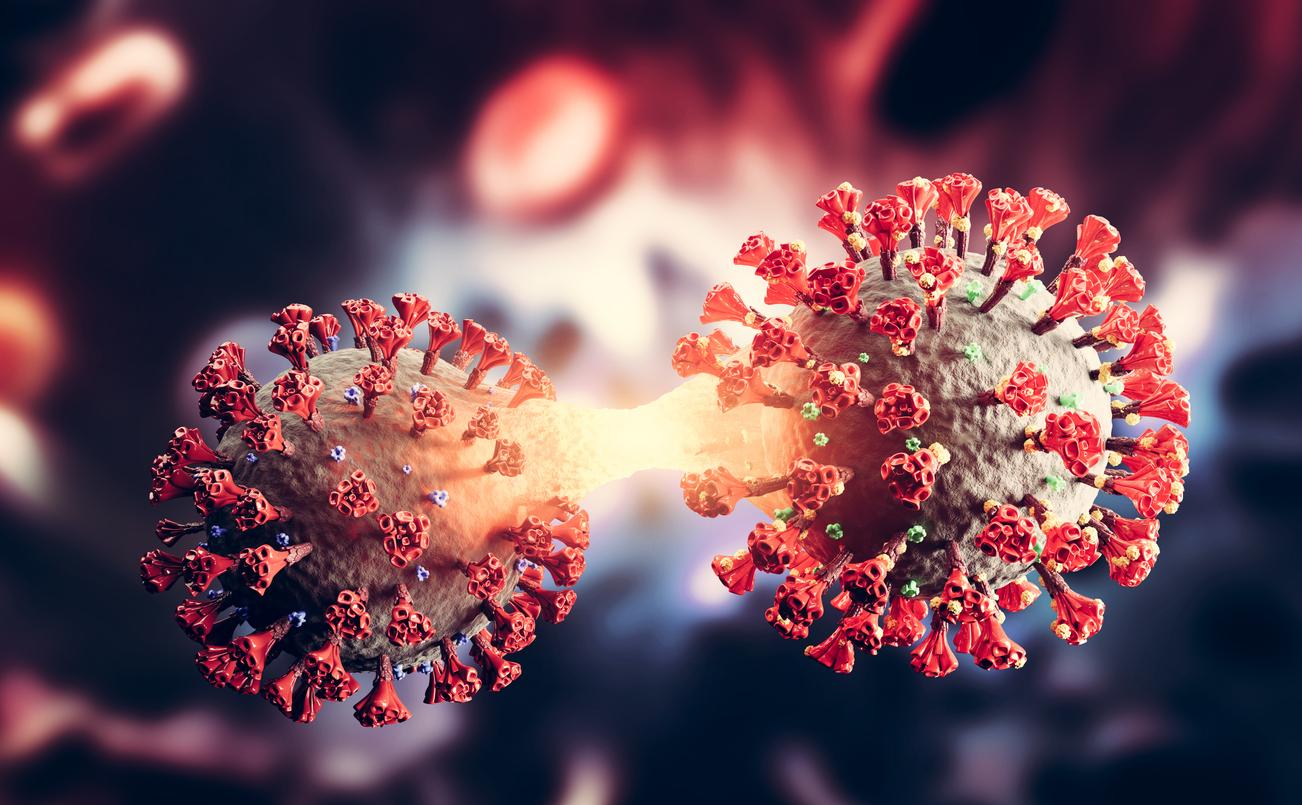A team of scientists has discovered that a specific protein could contribute to the development of neurodegenerative pathologies, including Lou Gehrig’s disease.

- A protein may play a key role in the development of two neurodegenerative diseases.
- This protein, called “fused in sarcoma” (FUS), normally resides in the nucleus of a cell, but in some patients it aggregates in the cytoplasm, the gelatinous substance that makes up the cell.
- After injecting FUS aggregates into mice, the researchers identified the formation of new aggregates of FUS proteins that were healthy, and which had been “corrupted.”
Researchers have recently suggested that a protein called “fused in sarcoma” (FUS) may be involved in the onset of frontotemporal dementia and amyotrophic lateral sclerosis, or Lou Gehrig’s disease.
Proteins that ‘corrupt’ healthy cells
These proteins normally reside within the nucleus of a cell, but in some patients they aggregate in the cytoplasm, the gelatinous substance that fills the cell. In their work published in the journal Molecular Neurodegenerationthe team revealed how these aggregates spread and promote neurodegeneration.
For the purposes of this research, the scientists injected human FUS aggregates associated with the disease into mice engineered to express the human FUS protein. They then noticed that the human FUS proteins clumped together and spread to other regions of the rodents’ brains. “This finding suggests a prion-like mechanism, that is, a process in which proteins misfold and cause other proteins to misfold, leading to the spread of disease throughout the body (…) In this case, the misfolded FUS aggregates ‘corrupt’ healthy FUS proteins, leading to a domino effect of damaging FUS aggregation throughout the brain.”explained Dr. Sonia Vazquez-Sanchez, co-author of the study practicing at the Department of Cellular and Molecular Medicine, University of California (USA), in a statement.

Pronounced cognitive decline in mice
Early findings suggest that FUS protein aggregation increased age-dependent cognitive decline and behavioral deficits in mice, similar to what is observed in patients with Lou Gehrig’s disease and frontotemporal dementia. “Identifying the exact components of these aggregates and the brain regions most affected by their spread will be crucial for the development of future therapeutic interventions.”concluded Professor Sandrine Da Cruz, co-author of the study working at VIB-KU Leuven for Brain and Disease Research and Department of Neuroscience (Belgium).

















